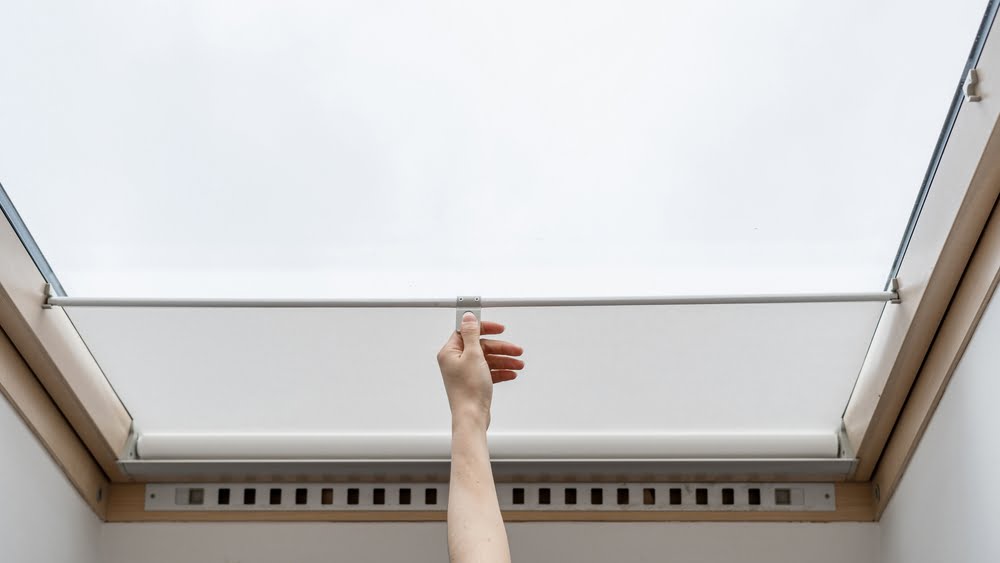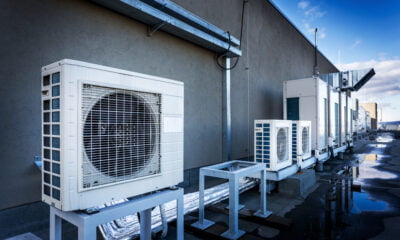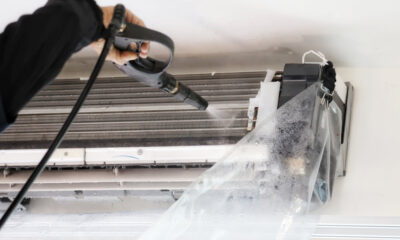

Energy
How To Get the Most Out Of Your Energy Efficient Skylights?
Skylights are an excellent way to add a wash of natural light into your home while improving the overall climate inside for a healthier indoor environment. Plus, they also help in reducing your reliance on artificial lighting, which helps save some on your energy bill.
That said, not all skylights are designed equally, particularly in terms of function and energy efficiency. Inefficient skylights can increase your energy usage by up to 40%. After all, it’s essentially a hole cut in your roof, which is your home’s direct defense against the weather.
However, there are some ways to help you enjoy the core benefits of skylights while maximizing them for efficient output. This article shares a few design principles and strategies on how to get the most out of your skylight.
1. Consider Location and Orientation
The position of your skylights plays a critical role in overall solar heat gain. So, if you live in a warmer climate where your cooling system makes up the majority of your electric bill, place your skylight on a north-facing slope. This ensures the lowest amount of passive solar heat entering your home.
In contrast, a south-facing skylight can offset some of your heating costs during winter if you live in cold areas. Take note, however, that this will add solar heat during summer. Thus, you need to position it to the south only when you live in a climate with relatively fewer hot days.
That said, west and east-facing skylights are more of a neutral choice. They can help provide heat, but not as much as skylights facing the south.
2. Make It Higher
There are a few reasons why you shouldn’t install skylights down towards the bottom of your roof. If you’re constructing a home with an insulated attic, adding a skylight near the eaves can interfere with the amount of insulation you can install in that area.
In addition, installing a skylight higher up on your roof line can contribute to the stack effect. This stack effect refers to the movement of air that takes place when the hot air rises and is replaced by the cool air from below.
When outdoor temperatures drop below that of indoors after a hot day, opening a window can allow the fresh air in and cool down your home. That said, if you open both a window below and a vented skylight, the hot air will rise and move out while pulling in the outside air. So, the higher your skylight is, the more effective this stack effect will be in cooling your home.
3. Consider The Sizes
Most people often make use of small skylights. It’s a tremendous amount of effort for very few results in terms of natural light.
While people think installing a smaller skylight is cheaper, the trust is that the cost largely depends on their installation. So, whether you have a small skylight or a huge one, the cost of installation is almost the same. So, if you’re going to do it, you need to choose a larger size to provide better results. That said, larger skylights tend to consume more energy due to heat gain and loss, which can drive up energy bills.
So, when picking skylight size, you should consider the size of the room. Experts recommend that you get a skylight that is about 5% or less of the room’s total area, especially if the room already has windows. If there are no windows, then it’s safe to go up to 15% of the total area.
4. Think Of Slope
In general, angled skylights deflect summer heat. So, the sharper the angle of the skylight, the more effectively it deters heat gain. In contrast, a flat or low-sloped skylight captures more sunlight and heat during summer when the sun sits more directly overhead.
As a rule of thumb, you need to add 5-15 degrees to your geographic latitude to get the ideal angle. Or you can work with your contractor to find the best angle for your skylight
5. Invest In Skylight Shades
Skylight shades, blinds, and screens help block excess solar heat during summers. This makes them a great adjustable option if you live in areas that experience a wide variety of temperatures. Most skylight shades are automated, so you can easily operate them with remote control.
Take Away
Skylight is a great architectural element addition that not only brightens and adds drama to a room but can also provide improved energy savings when planned and installed properly. So, whether you’re thinking of having a skylight installed on your roof or want to get the most out of your energy efficient skylights, the above tips should help you do just that.






























